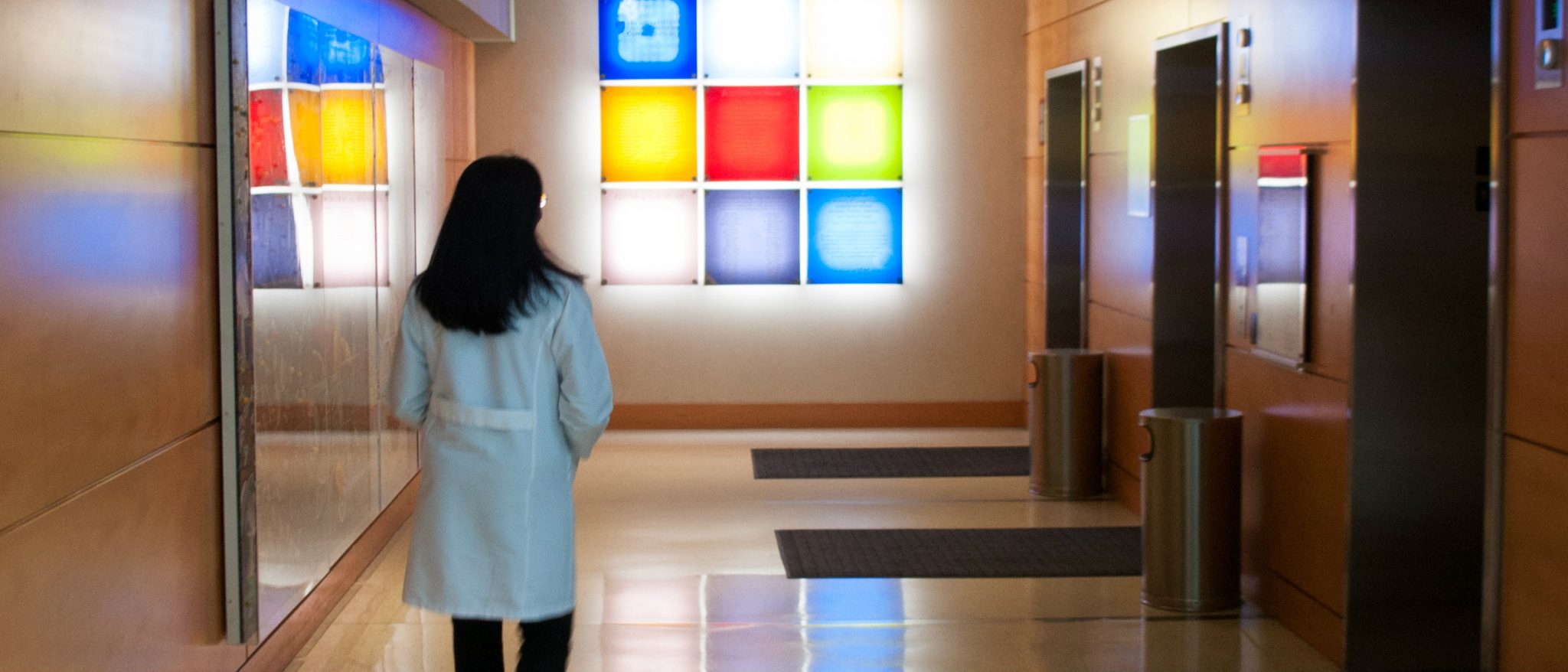When Dr. Venna Ramaiah gets home from a late night emergency room shift, she often only has a few hours to close her eyes, ease her mind and rest. The next morning, she has to go to work again, digging through files, seeing patients and trying to solve child abuse cases.
The 45-year-old pediatric physician splits her time between ER and child abuse work at the University of Chicago Comer Children’s Hospital, located in Hyde Park on the South Side of Chicago.
Ramaiah treats children in one of the most violent neighborhoods in the city where shootings have risen this year by nearly 12 percent, according to the Chicago Tribune.
“[This] idea that I can see one kid who has a bullet in his shoulder and two weeks later I can see a kid who has a bullet through his lung or his heart or his aorta and he didn’t make it, and the difference is six inches,” Ramaiah said. “I have been here since 2000, and we just see a lot of that on the South Side of Chicago.”
 Amanda McDonald
Amanda McDonaldRamaiah stands in an emergency room at the Comer Children’s Hospital on the University of Chicago campus in Hyde Park, Chicago.
The physician and second generation Indian American started medical school in 1991 studying to be an obstetrician at Albany Medical College in New York. She ended up in pediatrics with a special interest in child abuse. After completing her residency, she became American Board certified in pediatrics and sub board certified in child abuse.
“There’s a lot of layover because in the emergency medicine world you have to learn a lot about injuries,” Ramaiah said. “You’re deciding if something needs to be treated, how it needs to be treated… and so the segue into child abuse work is actually pretty natural.”
Her time in the emergency room is usually spent treating level one traumas and blunt traumas. Level one trauma centers are able to care for a patient throughout their stay—from the initial screening until the care and rehabilitation process, according to the American Trauma Society. They also place a high level of focus on patient education.
National penetrating trauma rates, or stabbings and gunshot wounds, are about 6 percent among level one trauma centers, while Comer’s are nearly double that, according to Ramaiah.
While in the ER, Ramaiah works with Dr. Lisa McQueen, the director of the Pediatric Residency Program and the Pediatric Emergency Fellowship Program. McQueen credits Ramaiah with being a calm, level headed and trustworthy physician, which is not easy in her line of work.
“If there’s a controversial case or a patient who has been in the news…she remains really objective,” McQueen said. “I think that allows her to always have the highest degree of integrity.”
Dr. Jill Glick, the medical director of the Child Advocacy and Protective Services (CAPS) office where she and Ramaiah also work with child abuse victims, believes Ramaiah is well suited for both the ER and child abuse.
“I recognized immediately…that she was interested in the medicine forensically, through her ER work she recognized the huge need and demand in doctors willing to work with child welfare, police and various agencies including going to court to help the society respond to the issue of child abuse,” Glick said.
With a majority of her time spent treating children who have been injured or abused, regardless of intention, Ramaiah said it is easy to get burned out, especially through all of what she calls “mental gymnastics” from one specialty to the other.
“When we have a really horrific abuse case, or in the ER if I have a death from a trauma… one thing that we have to have as physicians, especially in the ER and even more importantly with child abuse work, is the ability to compartmentalize,” Ramaiah said. “And even after all of these years of doing it, whenever I have to tell a parent that their child died, I get teary eyed … it sounds silly [and] I don’t want to seem less professional, but we are all human.”
Part of how she compartmentalizes is by spending time with her husband and two daughters, running or traveling. She is also thankful for cable television that allows her, after a long ER shift that ends around 11 p.m., to come home and watch reruns of “Friends” or “Big Bang Theory.”
By next July, Ramaiah hopes to shift her 50 percent split between the ER and child abuse work into 30 percent ER and 70 percent child abuse because as she gets older, child abuse cases are more interesting to her while ER work is more strenuous.
“We would love it if we didn’t have consults anymore,” Ramaiah said, “if there wasn’t as much concern or incidents of abuse, but I don’t think that’s going to happen anytime soon.”
At the end of the day Ramaiah is still a mother, wife, daughter, sister, coworker, teacher and friend, no matter what happens inside the hospital. This idea keeps her three worlds—ER, child abuse and home—balanced.
“I go home and I hug my kids harder and I tell my family that I love them,” she said, “because what you really come away with is the sometimes unpredictability of life.”




